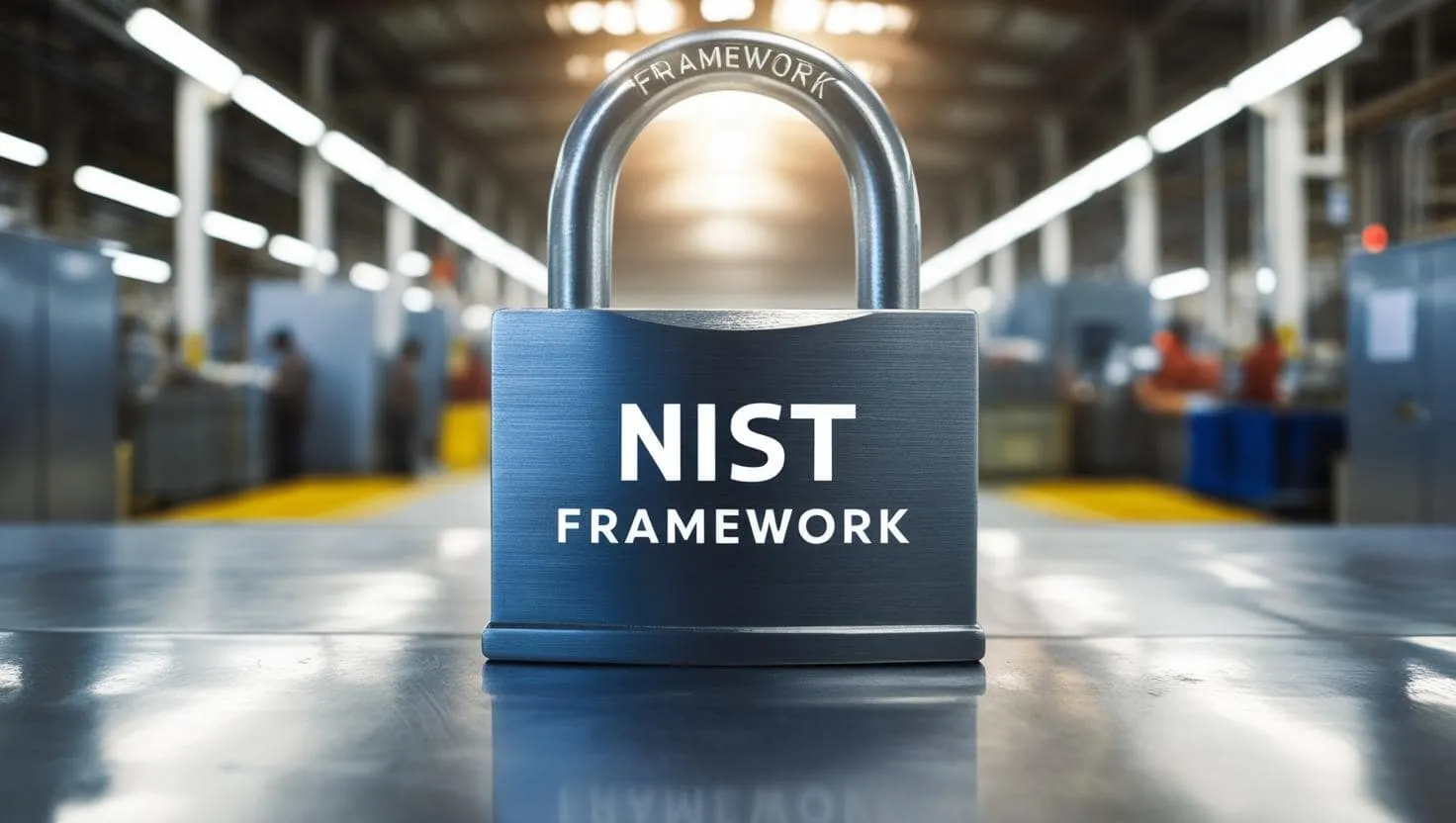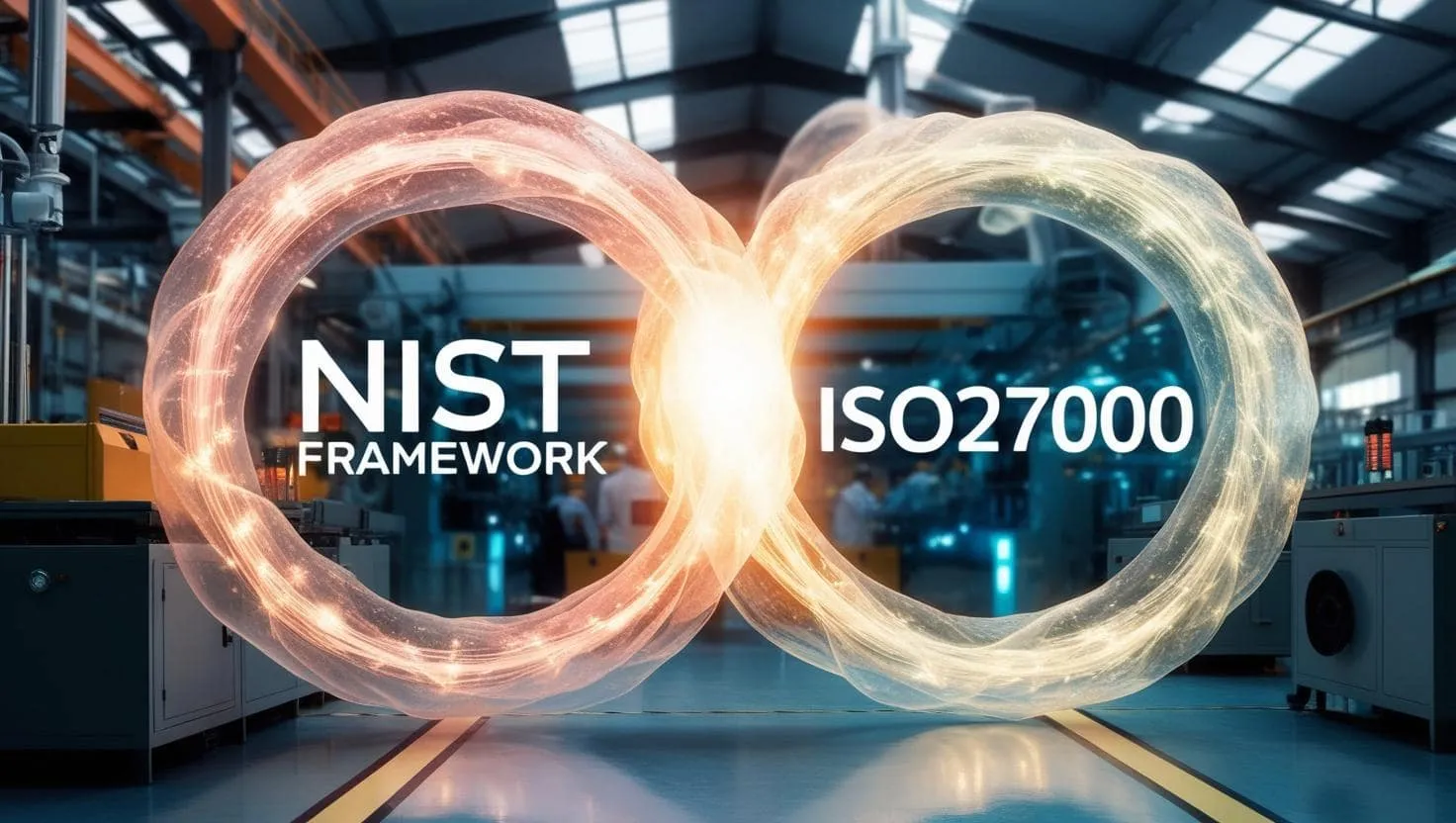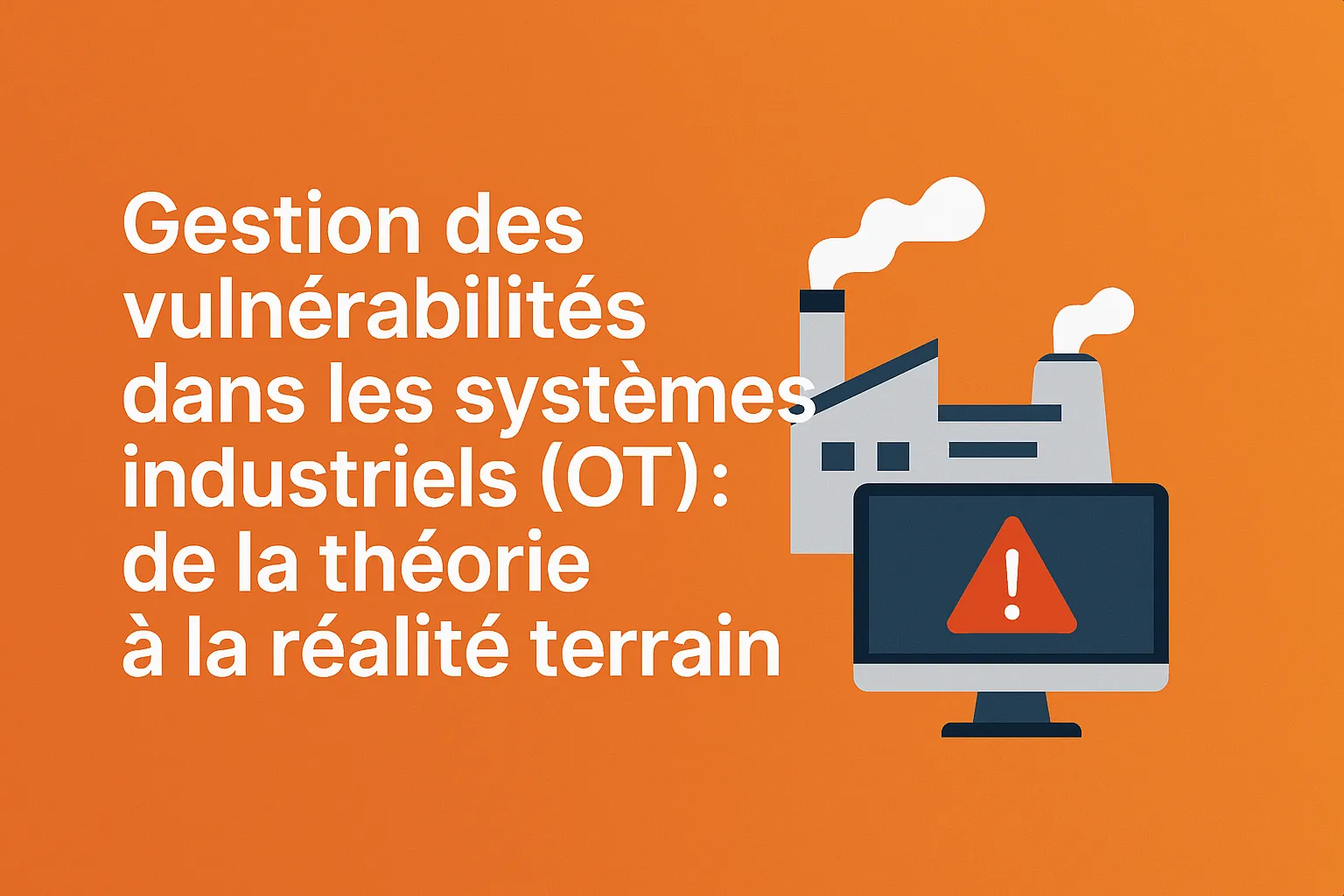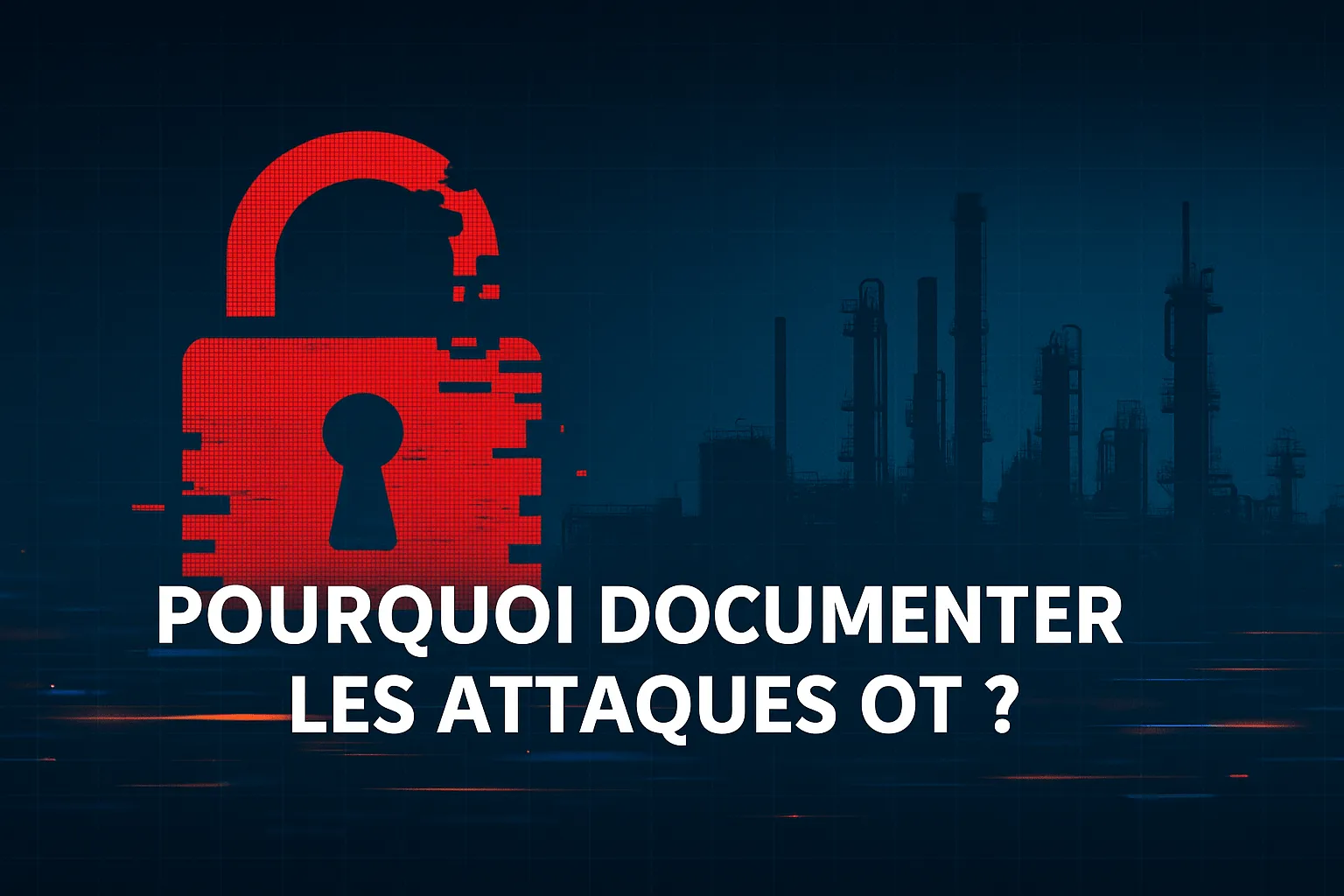
The NIST Cybersecurity Framework (CSF): A Crucial Tool for Industrial Cybersecurity
Industrial cybersecurity is a critical challenge for companies across all sectors, particularly those operating in sensitive industrial environments such as automotive, energy, healthcare, and critical infrastructure. In this context, implementing robust cybersecurity standards and frameworks is essential to protect information systems, sensitive data, and industrial equipment from increasingly sophisticated cyber threats. One of the most widely adopted cybersecurity frameworks is the NIST Cybersecurity Framework (CSF), which provides a structured approach to managing cybersecurity risks. This article offers a detailed overview of the NIST Cybersecurity Framework, its components, and its application in the field of industrial cybersecurity.
Framework Objectives
Key Objectives
The NIST Cybersecurity Framework (CSF) is a set of guidelines and best practices developed by the National Institute of Standards and Technology (NIST), a U.S. federal agency. Initially published in 2014 in response to Executive Order 13636 on cybersecurity for critical infrastructure, the framework was designed to help organizations enhance their cybersecurity risk management, particularly those operating in strategic sectors such as industrial infrastructures and industrial control systems (ICS).
Target Audience
The NIST CSF is flexible and adaptable for various types of organizations, from small businesses to large multinationals, while being particularly relevant for sectors where industrial cybersecurity is a priority.
Expected Impact of Compliance
Compliance with the NIST CSF has significant and positive impacts on organizations. First, it enhances system resilience by strengthening existing security controls. By identifying vulnerabilities and implementing tailored measures, companies can reduce their exposure to cyber threats. Additionally, compliance with the framework fosters a security culture within the organization, raising employee awareness of the importance of cybersecurity. This can also lead to better incident management, enabling organizations to respond quickly and effectively in the event of an attack. Finally, compliance with the NIST CSF can boost the confidence of clients and partners, as it demonstrates a commitment to protecting sensitive information. In summary, the NIST CSF provides a robust framework for improving cybersecurity and mitigating risks.
Scope of Application
The NIST Cybersecurity Framework (CSF) applies to various sectors, including energy, healthcare, transportation, and critical infrastructure, where information system security is essential. It addresses a wide range of organizations, from small businesses to large multinational corporations, as well as public institutions and NGOs, thereby enhancing cybersecurity across diverse environments. The framework is particularly relevant for high-growth sectors such as the Internet of Things (IoT) and industrial control systems (ICS), where connectivity increases exposure to risks. Although initially designed for the United States, the NIST CSF has an international reach, being adopted by organizations worldwide, including in Europe and Asia. Technically, it covers all information systems and critical infrastructure, emphasizing the importance of protecting data and assets from cyber threats. In summary, the NIST CSF is a flexible and adaptable tool, meeting the specific needs of each sector and organization while strengthening overall cybersecurity posture.

Overview of Key Themes or Chapters of the Framework
The NIST CSF is built upon five core functions that form the pillars of its cybersecurity approach:
- Identify: This function involves developing a deep understanding of the organization's systems, data, assets, and resources to manage cybersecurity risks. It includes mapping critical industrial systems, identifying equipment vulnerabilities, and assessing associated risks.
- Protect: The protection function focuses on implementing controls and measures to reduce cybersecurity risks. In the context of industrial cybersecurity, this involves strategies such as network segmentation, access management, and securing control systems (PLC, DCS, SCADA). It also includes adopting cyber defense technologies like industrial firewalls and intrusion detection solutions (IDS).
- Detect: Detection refers to implementing mechanisms that identify cybersecurity incidents in real time. For industrial systems, this includes continuous monitoring of networks and equipment to detect unusual activities, such as intrusions in OT networks, attempts to compromise industrial IoT (IIoT) devices, or ransomware attacks targeting critical systems.
- Respond: Once a cybersecurity incident is detected, it is crucial to respond quickly and effectively to minimize the impact on industrial operations. This includes incident management, root cause analysis, and real-time event communication, while following a disaster recovery plan to limit service interruptions.
- Recover: The final function focuses on restoring systems and services after a cyberattack or security incident. This involves recovering critical data and systems, updating security policies to enhance resilience, and learning from past incidents to strengthen industrial cybersecurity.
Implementation and Compliance
Key Steps for Compliance
Implementing the NIST CSF requires several key steps. First, organizations must conduct a cybersecurity risk assessment to identify vulnerabilities. Next, it is essential to develop a cybersecurity plan outlining the measures needed to mitigate these risks. Once the plan is established, the organization must implement the necessary controls and train staff on cybersecurity best practices. Finally, continuous system monitoring and regular review of practices are critical to ensure they remain effective against evolving threats.

Best Practices
To ensure successful implementation of the NIST CSF, organizations should adopt several best practices. This includes fostering a cybersecurity culture where every employee understands their role in asset protection. Additionally, it is essential to involve leadership and secure support at all levels. Collaboration with external experts and leveraging available resources can also ease the adoption process. Finally, organizations should stay updated on the latest cybersecurity trends to adapt their protective measures accordingly.
Available Resources and Tools to Support Organizations
Numerous resources and tools are available to assist organizations in implementing the NIST CSF. For instance, the NIST website offers practical guides, assessment tools, and case studies. Organizations can also benefit from cybersecurity training provided by specialized entities. Additionally, risk management and intrusion detection software can be integrated to strengthen security controls. By utilizing these resources, businesses can not only improve their compliance with the NIST CSF but also enhance their overall cybersecurity posture.
Discover how the NIST CSF can transform your cybersecurity strategy! - Contact us
Relationship with Other Standards
Complementary or Related Standards
The NIST CSF is designed to complement other cybersecurity standards and frameworks. For example, it can be integrated with ISO 27001, which provides requirements for an information security management system. Additionally, NIST guidelines on security controls, such as NIST SP 800-53, can be applied to strengthen protection measures. These related standards offer additional approaches for managing cybersecurity risks, enabling organizations to build a robust and integrated framework.
Comparison or Harmonization with Other Standards
The NIST CSF is designed to be harmonized with other standards, facilitating its integration into existing systems. For instance, businesses that already comply with standards like ISO 27001 or PCI DSS can use the NIST CSF to complement their cybersecurity efforts. This compatibility allows organizations to leverage the best practices from each framework, creating a comprehensive and cohesive approach to risk management. By harmonizing the NIST CSF with other standards, businesses can improve operational efficiency while enhancing security.

Evolution and Current Trends
Version History or Recent Updates
Since its release in 2014, the NIST CSF has undergone several updates to keep pace with technological advancements and emerging threats. These updates have been influenced by user feedback and shifts in the cybersecurity landscape. For example, in 2020, the NIST published a revised version that incorporated advancements in cybersecurity and addressed the growing needs of critical sectors. These updates aim to ensure that the framework remains relevant and effective in an ever-changing environment.
Future Trends
As cybersecurity threats evolve, the NIST CSF will continue to adapt to address new challenges. Trends such as the growth of the Internet of Things (IoT) and the integration of Artificial Intelligence (AI) into industrial systems will necessitate adjustments in the framework's recommendations. Additionally, there will be an increased focus on collaborative approaches to cybersecurity involving both private and public sectors. Legislative reforms and recent initiatives, such as those aimed at enhancing critical infrastructure security, will also influence the evolution of the NIST CSF.
Benefits and Challenges
Benefits for Businesses or Organizations
Adopting the NIST CSF offers numerous benefits for businesses. First, it improves risk management by providing a structured approach to identifying and mitigating threats, leading to reduced vulnerabilities and enhanced protection of critical assets. Additionally, the framework promotes a cybersecurity culture within the organization, involving employees at all levels. By strengthening customer and partner confidence through a robust security posture, businesses can also gain a competitive advantage in the market. In summary, the NIST CSF is a powerful tool to bolster cybersecurity and ensure operational continuity.
Challenges or Limitations
However, implementing the NIST CSF is not without challenges. Organizations may encounter obstacles such as limited human and financial resources to execute cybersecurity initiatives. Additionally, the increasing complexity of threats requires specialized skills that not all businesses possess. Moreover, some organizations may struggle to integrate the framework into their existing processes, potentially facing resistance to change. It is therefore crucial for businesses to carefully plan their implementation approach and include measures to overcome these challenges.

Resources and References
- NIST SP 800-53 Rev. 5 - A key document providing recommendations for information system security within U.S. federal agencies.
- ISO/IEC 27001:2022 - An international standard for information security management, often used alongside NIST guidelines.
- COBIT 5 - A governance and IT management framework that can be integrated with NIST practices.
- CIS Controls - A set of cybersecurity best practices that complement NIST recommendations.
- ISA 62443 - Standards related to the cybersecurity of industrial control systems, relevant for organizations using operational technologies.
- NIST Cybersecurity Framework (CSF) - A framework that helps organizations manage and reduce cybersecurity risks, updated to version 2.0 in 2024.
Conclusion: Why Adopt the NIST Cybersecurity Framework?
Adopting the NIST Cybersecurity Framework in the industrial cybersecurity sector is a critical step toward proactive risk management. By providing a structured and adaptable methodology, this framework enables organizations to safeguard their critical infrastructures, quickly detect incidents, and effectively respond to cyberattacks. In a world where threats against industrial systems are increasingly frequent, integrating the NIST CSF becomes indispensable for ensuring the security of industrial control systems and IoT networks, while maintaining resilience and continuity of industrial operations in the face of cyber risks.
By applying the principles of the NIST CSF to industrial cybersecurity, companies can not only reduce vulnerabilities within their infrastructures but also enhance their ability to respond and recover swiftly from any incident. This framework remains a valuable ally for any organization seeking to strengthen its cybersecurity posture and protect its most valuable industrial assets.
Need assistance? Contact our experts today!
FAQ
Question 1: What is the main benefit of the NIST CSF?
The NIST CSF offers a structured approach to managing cybersecurity risks, helping organizations identify vulnerabilities and strengthen their resilience against threats. It also promotes a culture of security within teams, improves stakeholder confidence, and facilitates regulatory compliance.
Question 2: How can the NIST CSF be integrated with other standards?
The NIST CSF integrates seamlessly with other standards, such as ISO/IEC 27001 and PCI DSS. This compatibility allows organizations to create a coherent and comprehensive cybersecurity strategy by leveraging the best practices from each framework. It also simplifies compliance with multiple regulatory requirements.
Question 3: What resources are available to help implement the NIST CSF?
The NIST provides a variety of resources to assist with the implementation of its framework, including practical guides, assessment tools, and online training. These resources help organizations understand and apply the NIST CSF, equipping them with the knowledge needed to enhance their cybersecurity posture.





